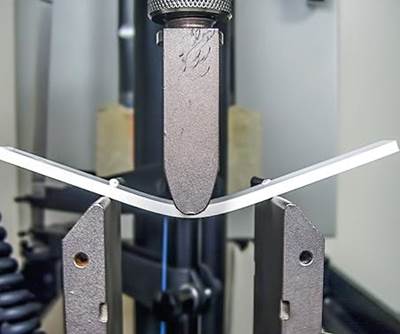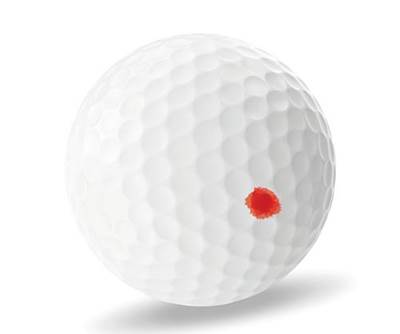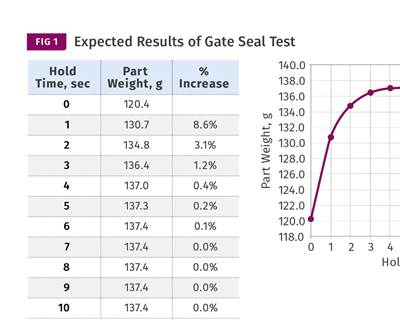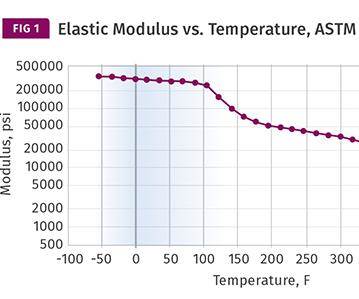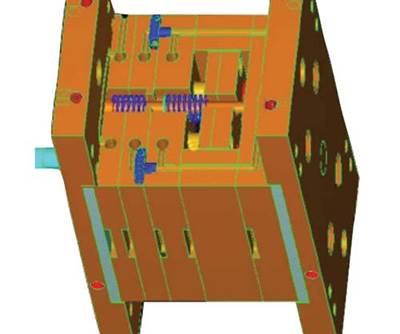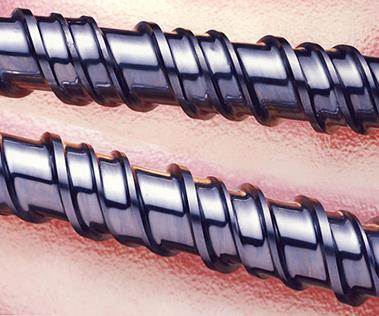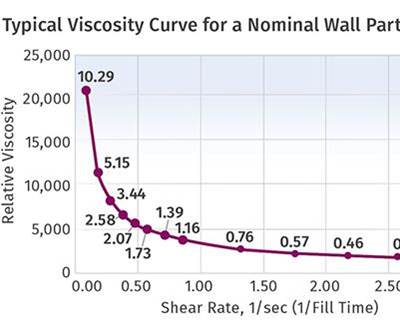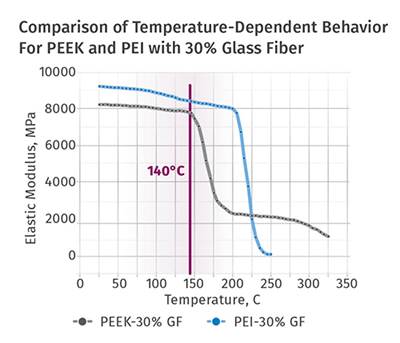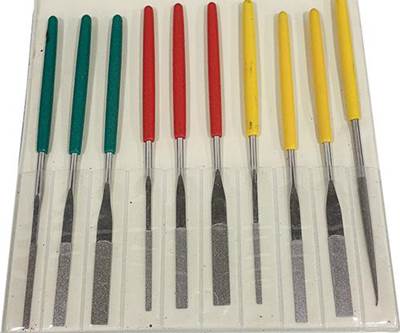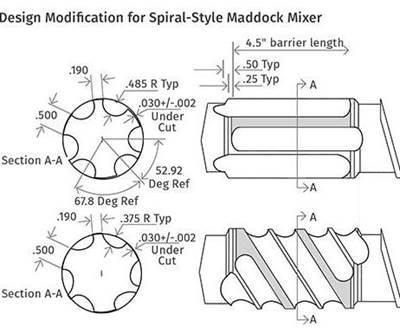Know-How
MATERIALS: The Problems with Single-Point Data
It’s time for material suppliers to take a fresh approach to providing data. Thankfully, things are starting to move in that direction. Part 12 of 12.
Read MoreEXTRUSION: Finding the Sweet Spot in Screw Design
The compression ratio of a screw does not provide enough detail on how it will perform. Screw design is a balancing act that takes many variables into account.
Read MoreINJECTION MOLDING: Gate Freeze Study: Danger in a Name?
The test actually determines the hold time needed to mold repeatable parts, and it should be done regardless of whether the gate freezes or not.
Read MoreMATERIALS:The Problems with Single-Point Data
This real-world scenario explains why molders and their customers need to ‘think in terms of graphs’ and gather as much data as possible before selecting a material for an application. Part 11.
Read MoreINJECTION MOLDING: Properly Placing & Cooling Insulator Plates
Thermal-energy management from the mold to the platens is critical for making consistent parts.
Read MoreEXTRUSION: Understanding The Barrier Gap
All barrier screws are not created equal, and the barrier length and gap can be one of the reasons.
Read MoreINJECTION MOLDING: Do You Need to Profile Injection Velocity?
Look at the parts. If the answer is yes, the on-machine viscosity curve can help.
Read MoreMATERIALS: The Problems with Single-Point Data: Part 10
You can predict creep performance of a material over time at a particular temperature by examining how its modulus changes over a range of temperatures.
Read MoreTOOLING: Repairing Molds in the Press: Part 3
This is the final part of a series on tooling in the press. This column will cover repairs that can be accomplished in the press.
Read MoreEXTRUSION: Venerable Maddock Mixer Still an Extrusion Workhorse
Variations to this decades-old mixing section are widely used, but processors should carefully analyze these designs and not assume they will perform better.
Read More